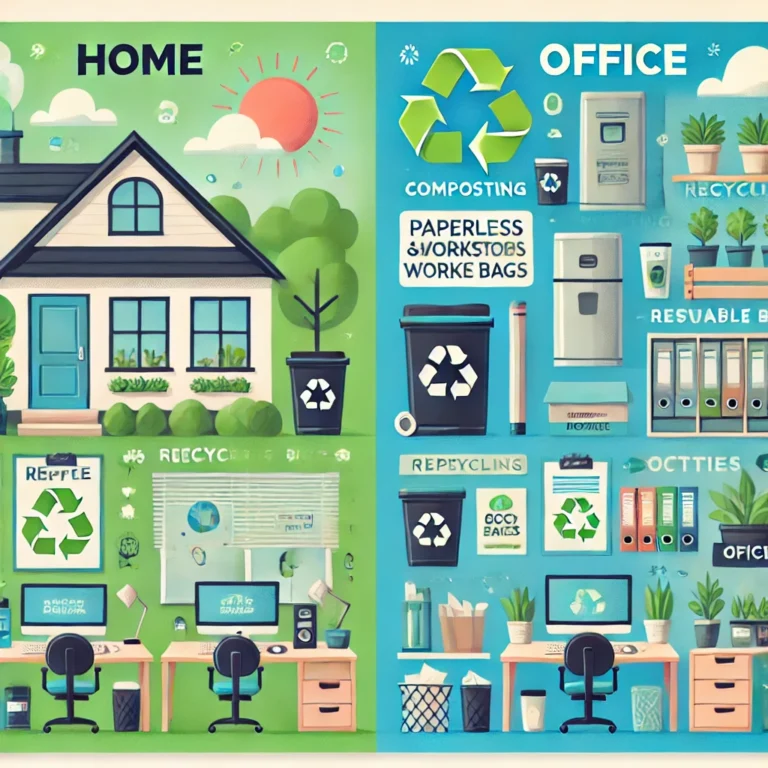For most people, a home loan is a significant financial decision. One of the options that can make the borrowing experience easier is a home loan with an overdraft facility. A home loan offers flexibility and helps one manage finances effectively. This blog will help you understand how to secure a home loan with an overdraft facility, its benefits, as well as some tips for potential borrowers.
Understanding Home Loan with Overdraft Facility
A home loan that provides an overdraft generally combines the features of traditional home loans and personal loans. The borrower has to deposit any excess funds into their account under the home loan. The principal balance reduces because the surplus amount deposited is considered a prepayment toward the mortgage, and accordingly, the interest charged for it is also lowered. This flexibility comes in handy for managing unexpected or emergent expenses.
Features of Home Loan Overdraft Facility
The key features of a home loan overdraft facility are as follows.
- Pre-approved Limit: The limit based on the home loan amount is pre-approved for the borrowers. The borrower can draw upon this limit at any time.
- Flexible Withdrawals: Funds can be withdrawn from the overdraft account as needed, which makes it easier to manage financial needs.
- Interest Savings: Interest is charged only on the amount withdrawn and not on the entire loan amount, thus saving money.
- No Prepayment Penalties: A borrower can repay their loan amount anytime without incurring any extra charges.
Steps to Secure a Home Loan with an Overdraft Facility
The steps to secure a home loan with overdraft facility are as follows:
1. Assess Your Financial Situation
Evaluate your financial situation thoroughly before applying for a home loan. Consider your income, expenses, and credit score. A high credit score increases your chances for approval and may result in better interest rates.
2. Research Lenders
Different banks and financial institutions provide different terms and conditions for home loans with overdraft facilities. Compare the interest rates, repayment options, and other facilities provided by various banks and financial institutions. Try to find lenders that provide transparent terms and conditions about their overdraft facility.
3. Gather Required Documents
Prepare all the documents required for the application. Documents usually required are:
- Identification proof (Aadhar card, passport)
- Income proof (salary slips, income tax returns)
- Property documents (title deed, registration document)
- Bank statements
Having these documents makes the application process easy and hassle-free.
4. Apply for Home Loan
After selecting a lender, apply for a home loan with an overdraft facility and submit all the forms correctly by attaching all the required documents.
5. Wait for Approval
The lender will analyse your credit history and property information after receiving the loan application. The whole procedure may take several days or weeks, depending on the loan approval procedure.
6. Know the Terms
Once approved, read the terms and conditions of the home loan agreement very carefully before signing up. Be aware interest rates offered, repayment cycle, and fees for the overdraft facility.
Advantages of Home Loan Overdraft Facility
A home loans with an overdraft facility offers several advantages:
- Increased Liquidity: Borrowers can get access to funds whenever required without reapplying for loans.
- Interest Cost Reduction: By depositing surplus funds into the home loans account, borrowers can lower their interest payments.
- Emergency Fund Access: The facility allows quick access to funds during emergencies or unexpected expenses.
- Flexible Repayment Options: Borrowers can repay at their convenience without strict timelines.
Tips for Managing Your Home Loans With Overdraft Facility
Consider these tips while managing your home loans with an overdraft facility.
- Regular Deposits: Make regular deposits to your home loan account to reduce your unpaid balance and save on interest.
- Monitor Withdrawals: Keep track of how much you withdraw from your overdraft account to avoid exceeding limits.
- Plan Repayments Wisely: If you withdraw funds, plan how and when you will repay them to minimise interest costs.
- Utilise Funds Prudently: Withdrawn funds should be used for basic expenditures instead of unnecessary expenses to keep one’s finances in balance.
Conclusion
A home loans with an overdraft facility offers flexibility and helps borrowers manage their finances effectively. It allows easy access to funds, reduces interest costs, and provides liquidity for emergencies. This can done depositing surplus funds and making smart withdrawals, reducing the loans balance and interest payments. However, one needs to assess the financial situation, choose the right lender, and manage the overdraft facility wisely. With the right approach, a home loans with an overdraft facility can be a helpful financial tool for many borrowers.




